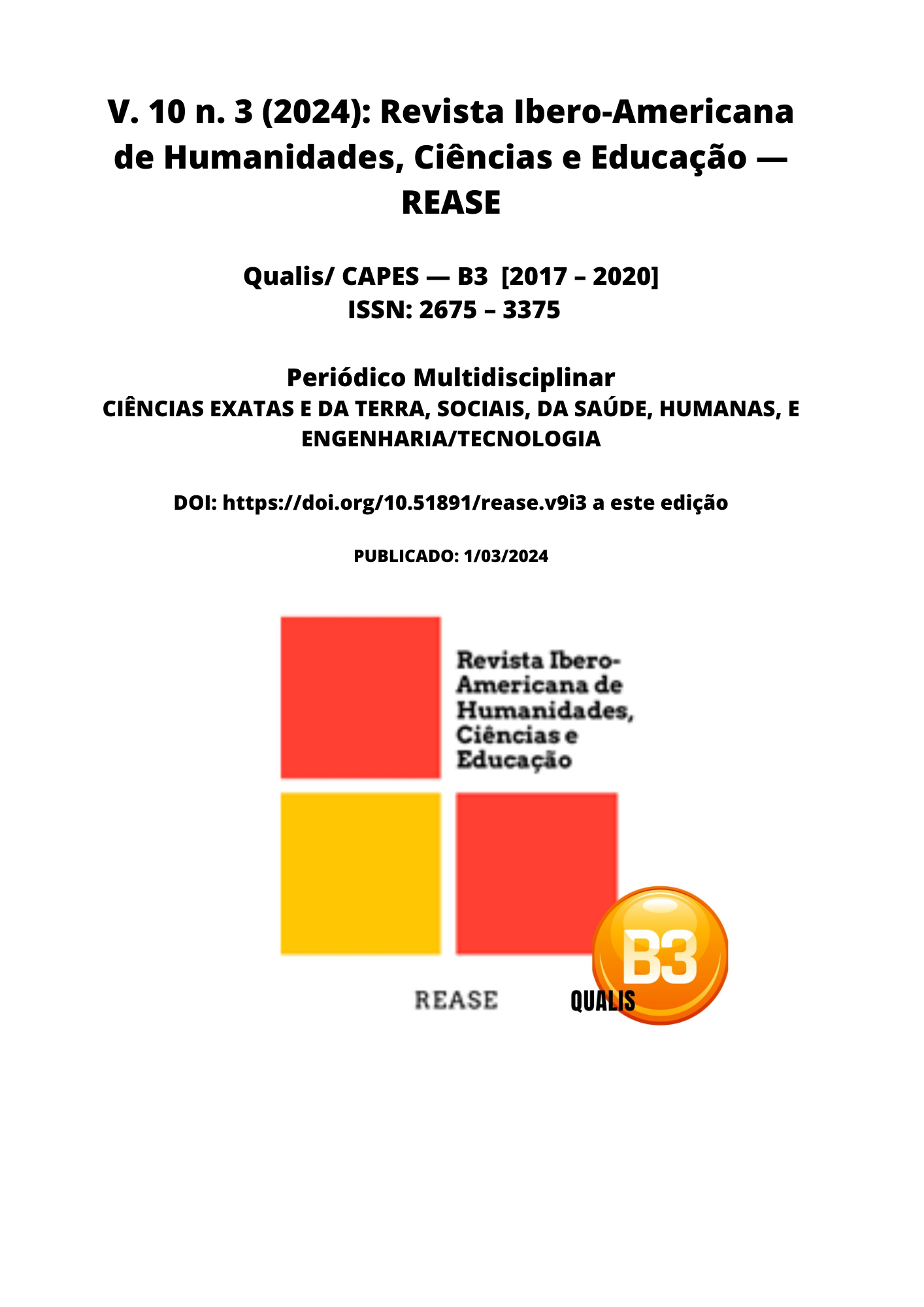LEPROSY: RISK FACTORS AND CLINICAL CLASSIFICATIONS
DOI:
https://doi.org/10.51891/rease.v10i3.13426Keywords:
Leprosy. Mycobacterium leprae. Multibacillary Leprosy. Paucibacillary Leprosy.Abstract
Leprosy is a chronic infectious disease caused by the bacillus Mycobacterium leprae. Leprosy has a global distribution, with the highest prevalence in tropical and subtropical regions. The World Health Organization (WHO) highlights countries in Africa, Asia and Latin America as areas of high endemicity. Despite a significant decline in leprosy cases since the introduction of multidrug therapy (MDT) in the 1980s, there are still pockets of high transmission in some regions. Transmission occurs mainly through prolonged contact with untreated patients, with the upper respiratory tract being the main route of entry for the bacillus. This narrative literature review brought together articles from the main databases aiming to identify the clinical forms of leprosy and the risk factors related to the development of the disease. It is concluded that the risk factors related to leprosy include unfavorable socioeconomic conditions, in addition to genetic factors. Regarding clinical types, there are four main ones, distinguished as multi or paucibacillary to begin the therapeutic approach.
Downloads
Downloads
Published
How to Cite
Issue
Section
Categories
License
Atribuição CC BY

